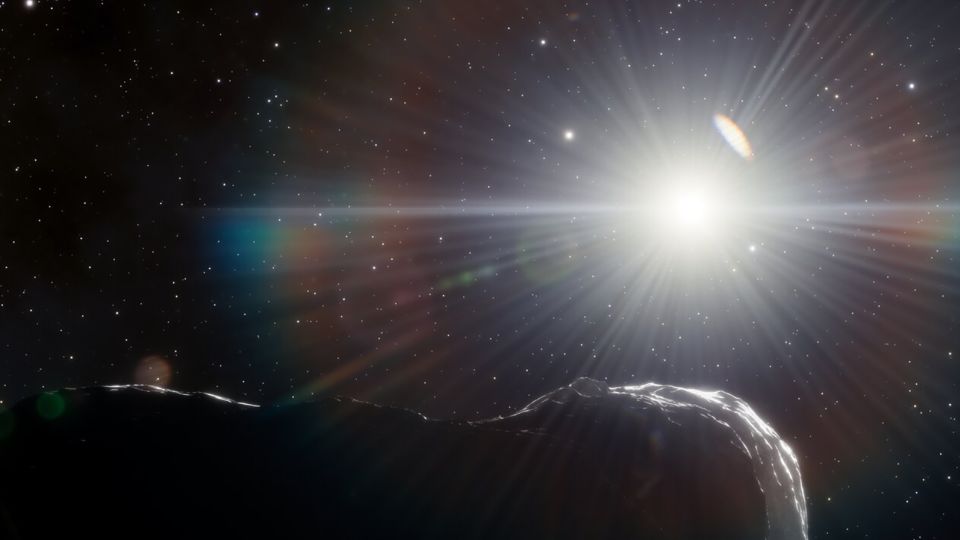Report: 'Planet Killer' Asteroid Hiding in Sun's Glare
Astronomers have found three near-Earth asteroids, dubbed 'planet killers' due to their massive size, during a brief window of twilight. The asteroids were in an orbit between Earth and Venus, and are usually hidden within the sun's glare....

Facts
- Astronomers have found three near-Earth asteroids, dubbed 'planet killers' due to their massive size, during a brief window of twilight. The asteroids were in an orbit between Earth and Venus, and are usually hidden within the sun's glare.1
- One of them, known as 2022 AP7, is around one mile long and gets as close as 4.4M miles to Earth within its orbital path — uncomfortably close by cosmic standards. It could potentially be the largest asteroid found in eight years.2
- Searching for objects in this region of space often involves looking straight into the sun — which can damage even the most advanced telescopes' sensitive components. This makes such observations rare for astronomers.3
- According to the leader of the search, astronomer Scott Sheppard of the Carnegie Institution's Earth and Planets Laboratory for Science, beyond the brief 10-minute window of opportunity, astronomers also have to look close to the horizon, which can blur and distort crucial data.4
- Queen’s University Belfast astronomer, Alan Fitzsimmons, said it's also possible that 'way down the line, in the next few thousand years, it could turn into a problem for our descendants,' causing 'planetwide destruction.'2
- The asteroids were found at NOIRLab’s Cerro Tololo Inter-American Observatory in Chile using the US Department of Energy's Dark Energy Camera.4
Sources: 1CNN, 2New York Times, 3Spacenews and 4Forbes.
Narratives
- Narrative A, as provided by Fox weather. If an asteroid were to become an actual threat to life on Earth, it's important to detect them years in advance. More study, observations, and technological advancements for deflection are needed — this can't be a last-minute endeavor.
- Narrative B, as provided by Cnet. This is yet another headline where publications take the technical terms used by scientists and blow them out of proportion for clicks. In reality, anything as far out as 85% of the way to Mars could be considered 'near-Earth.' There are no cosmic worries in this story.






